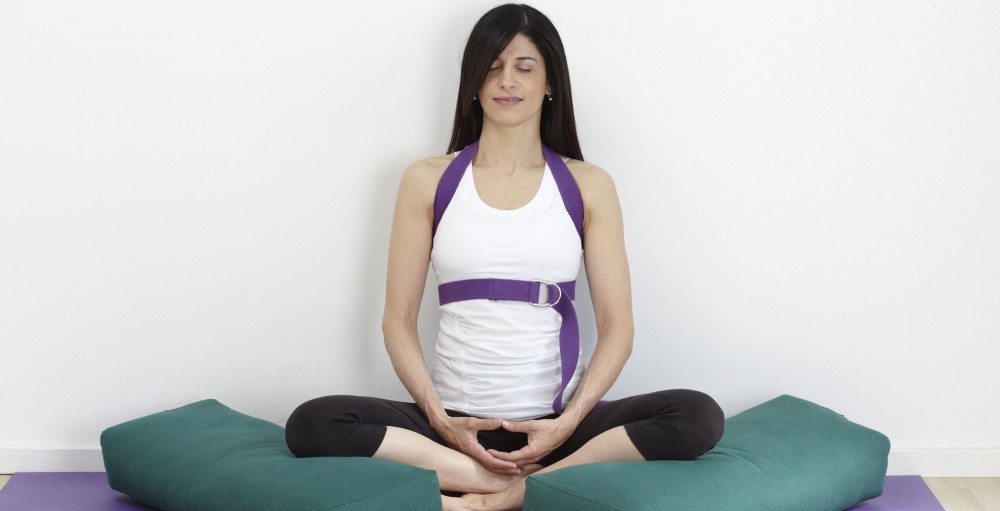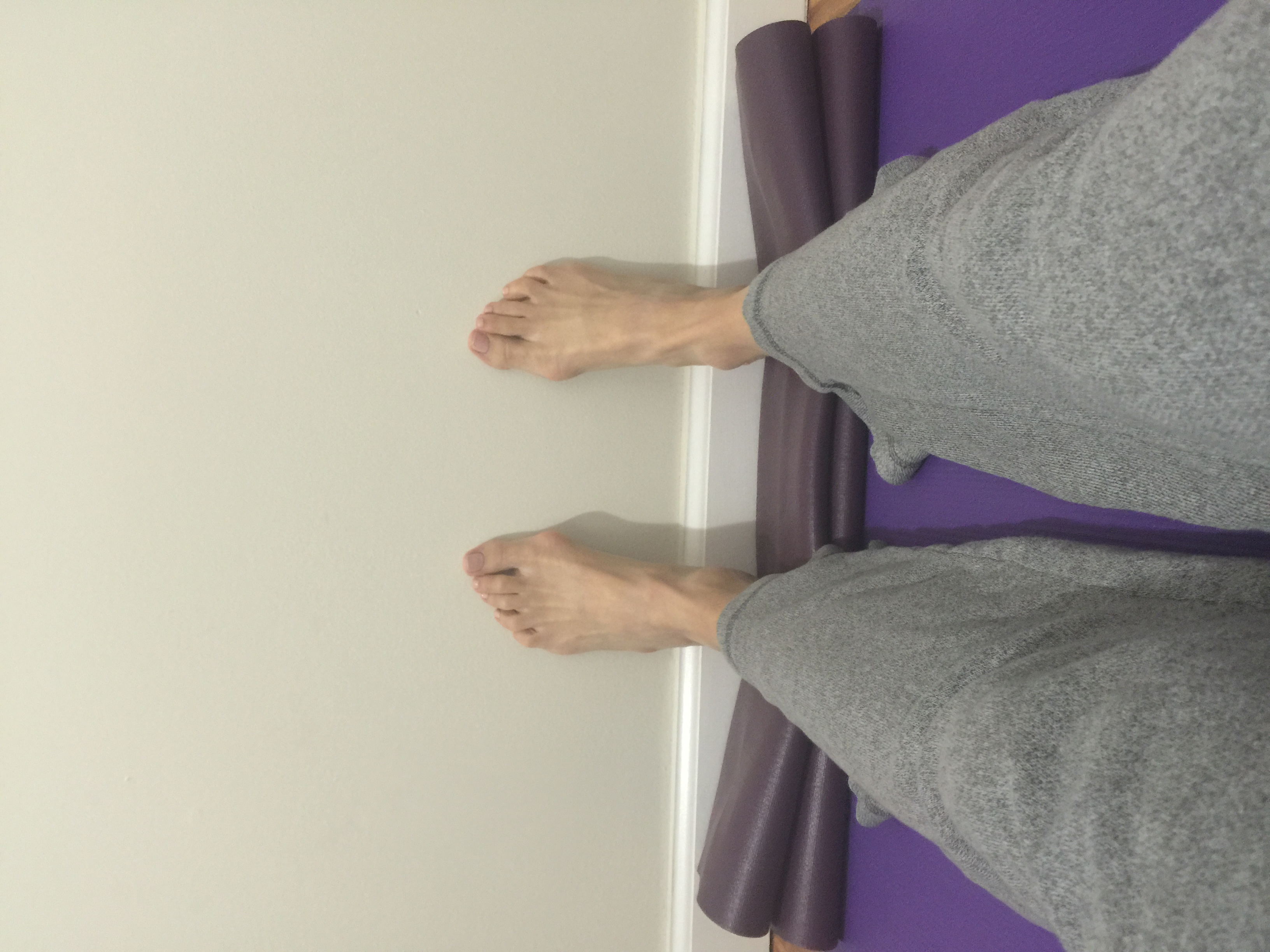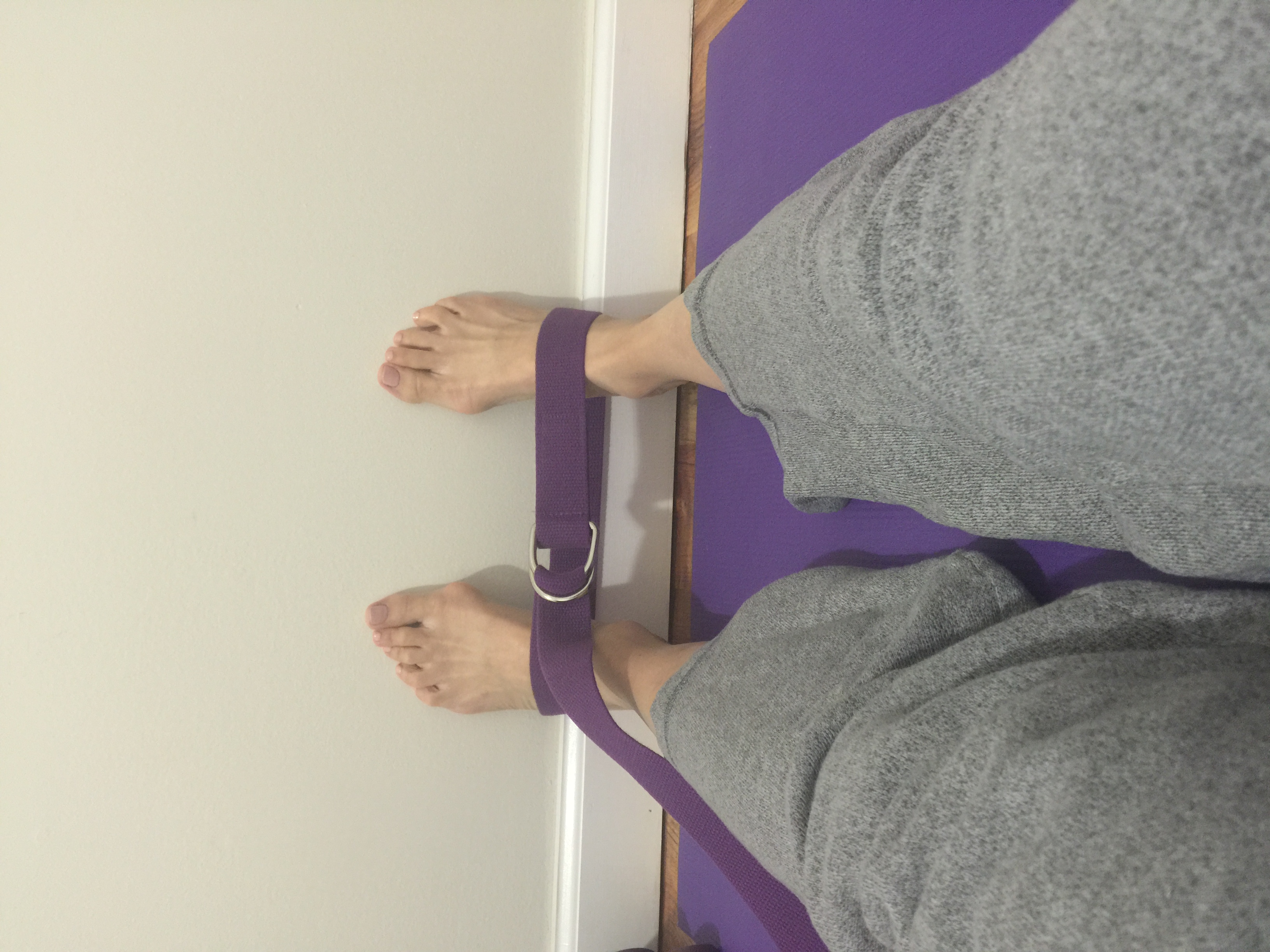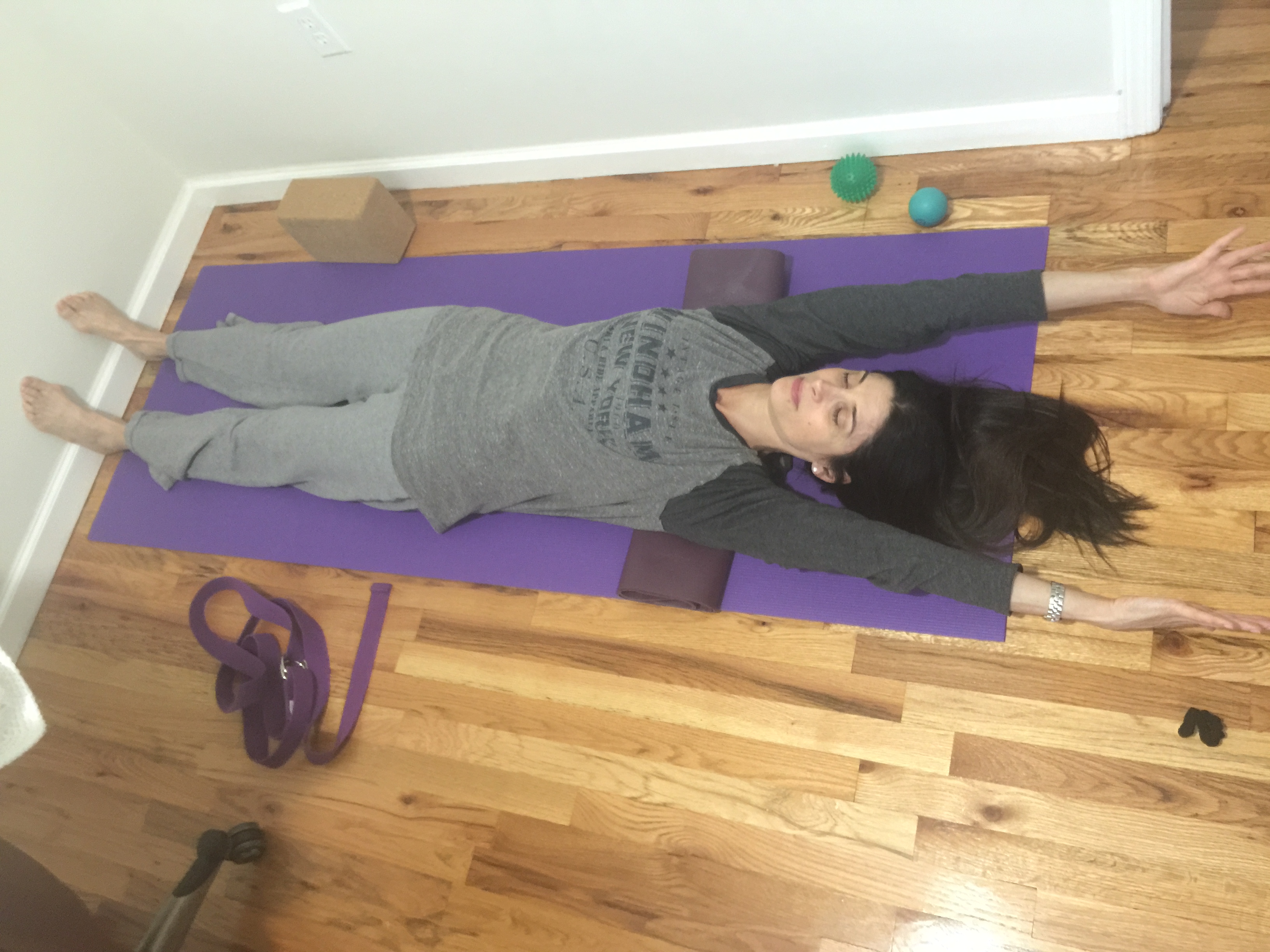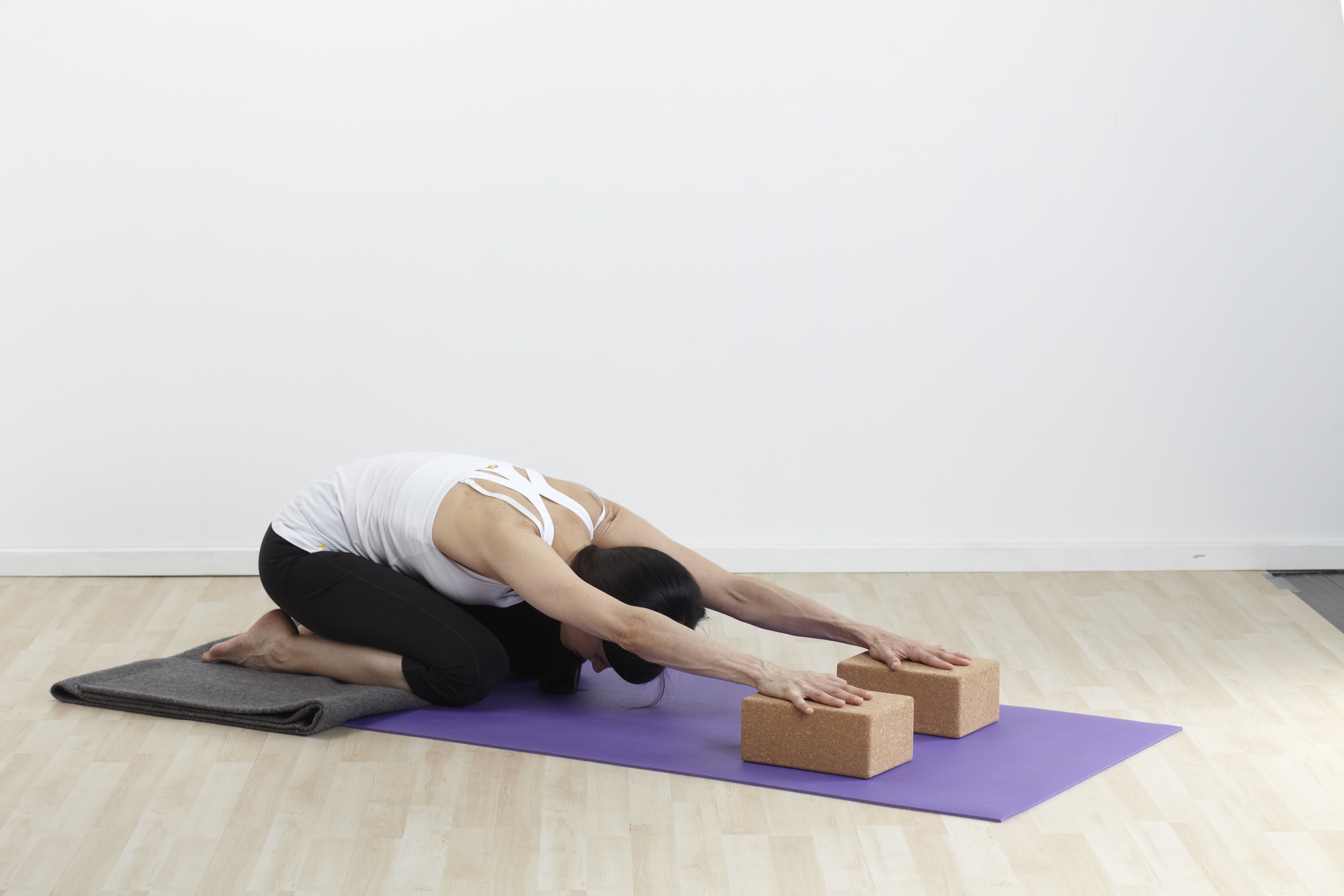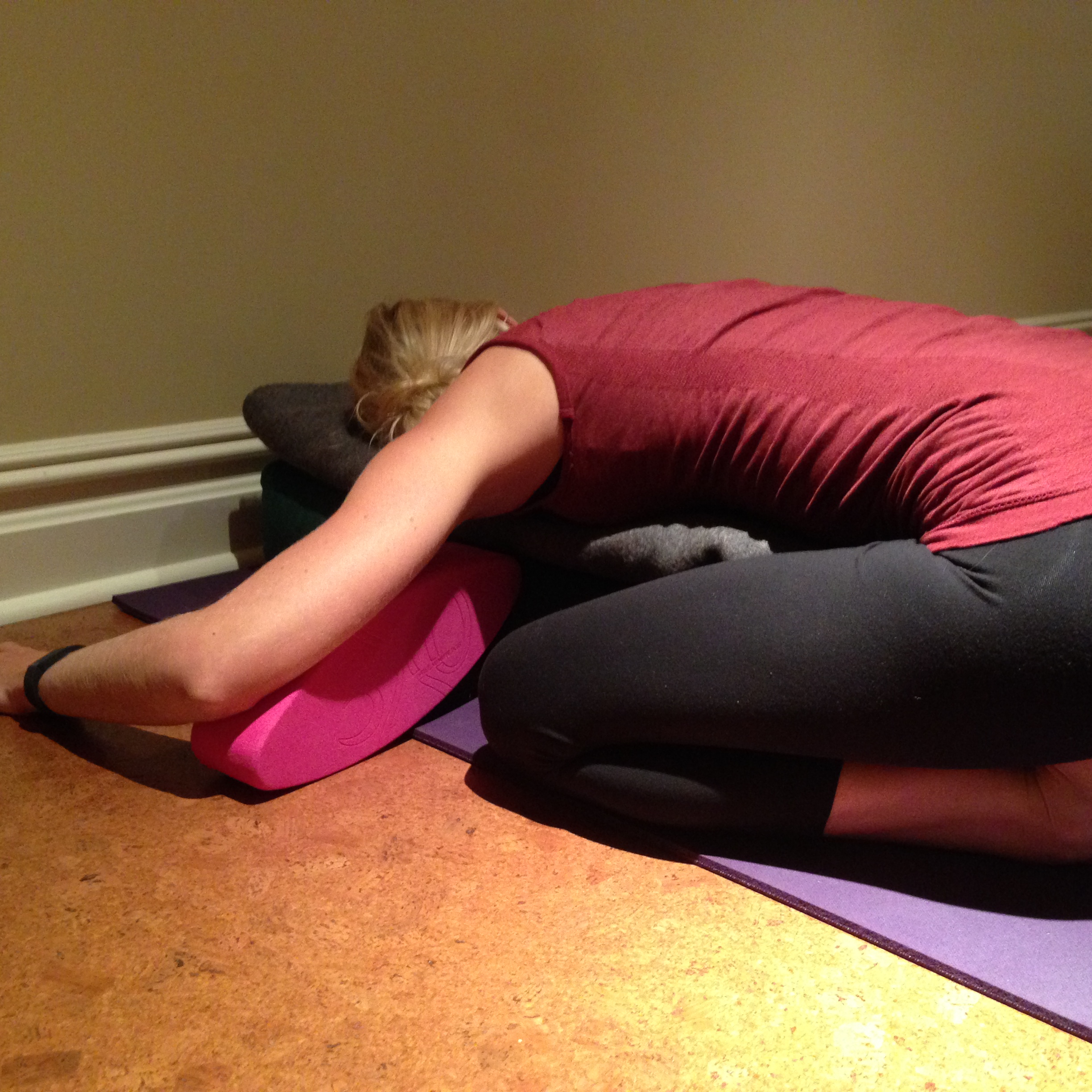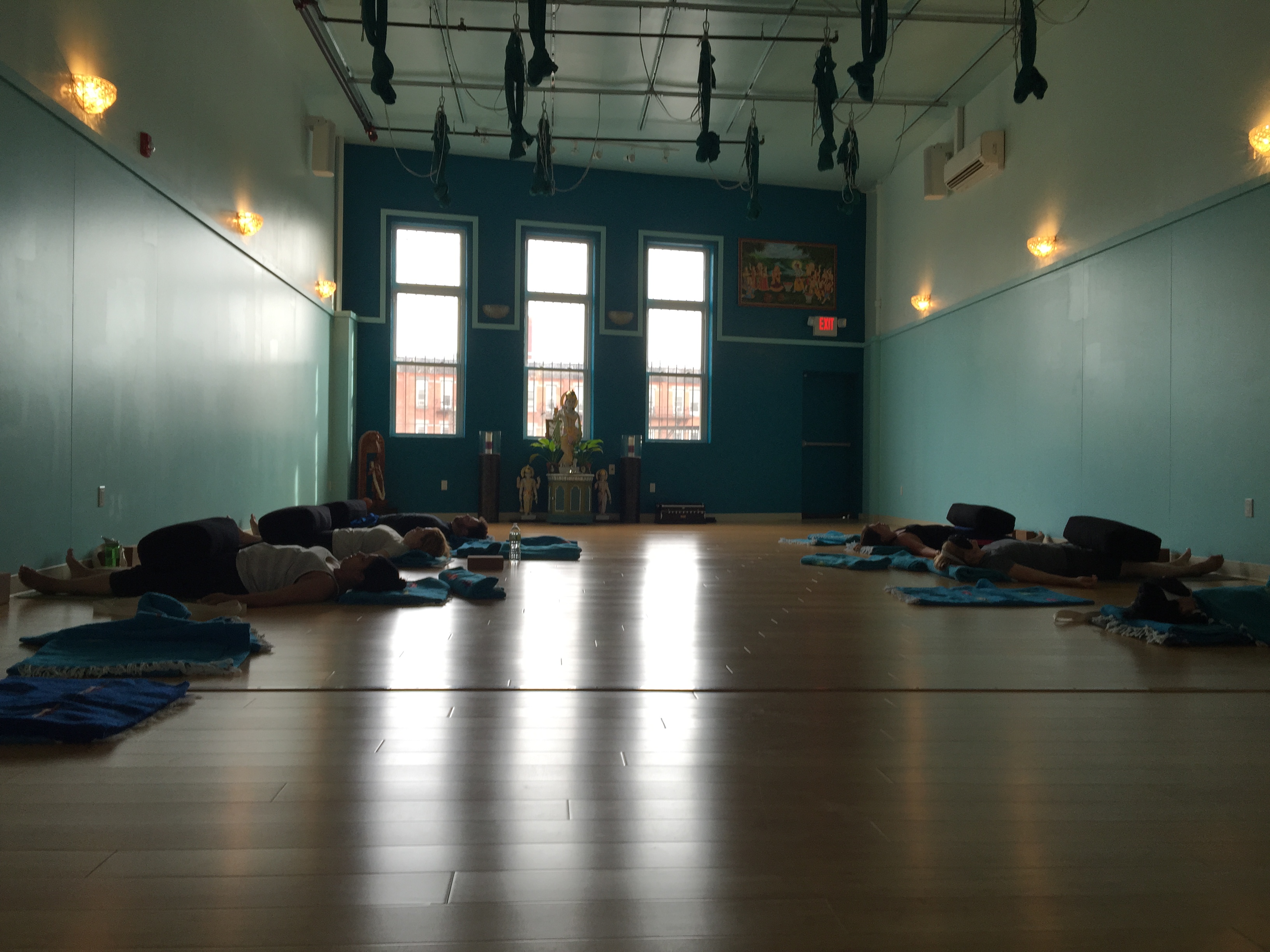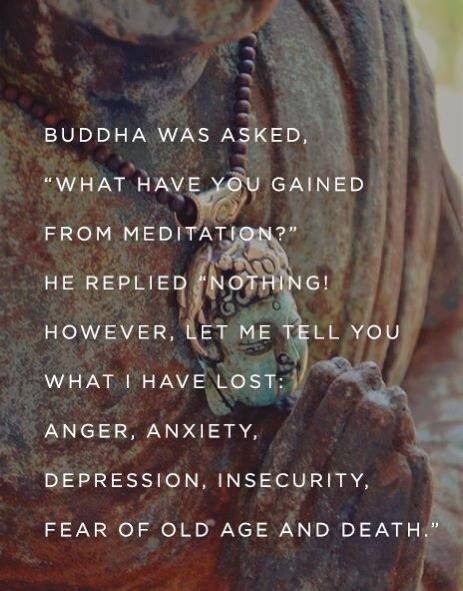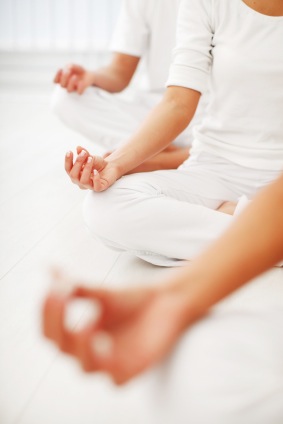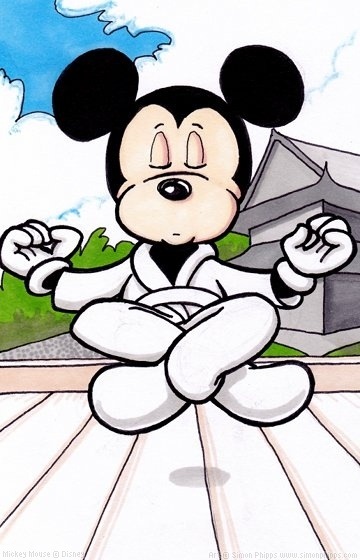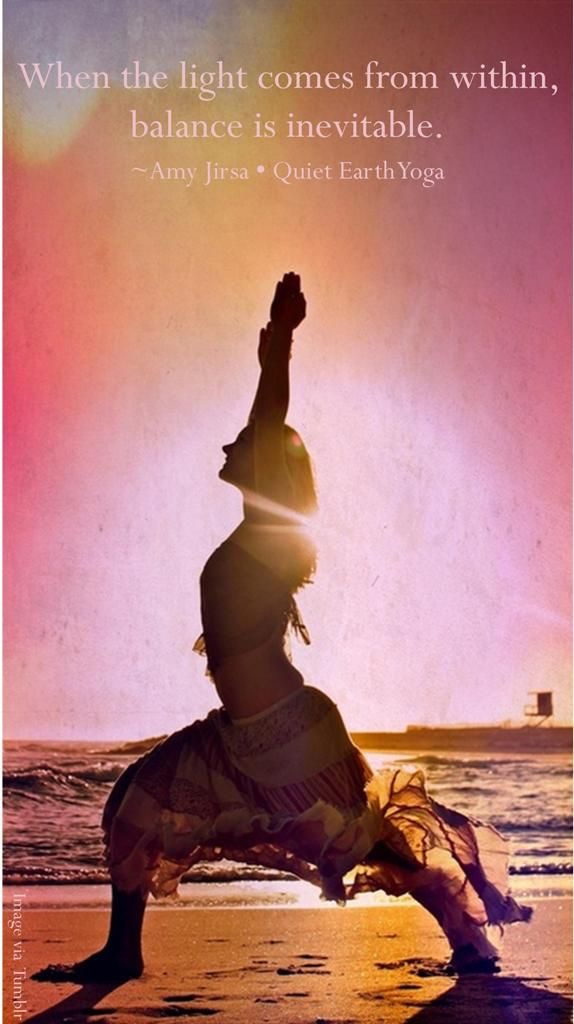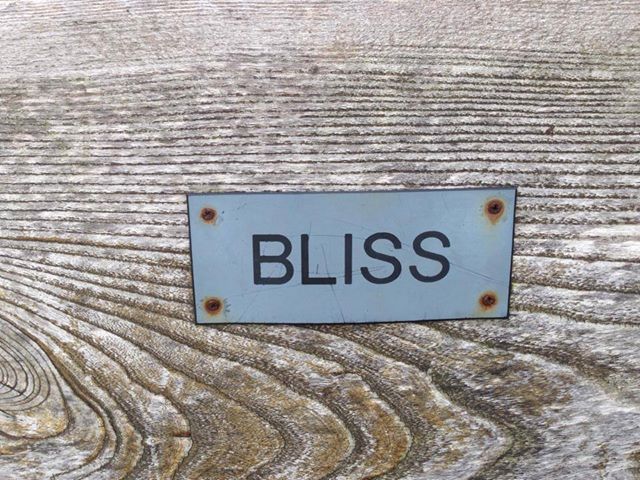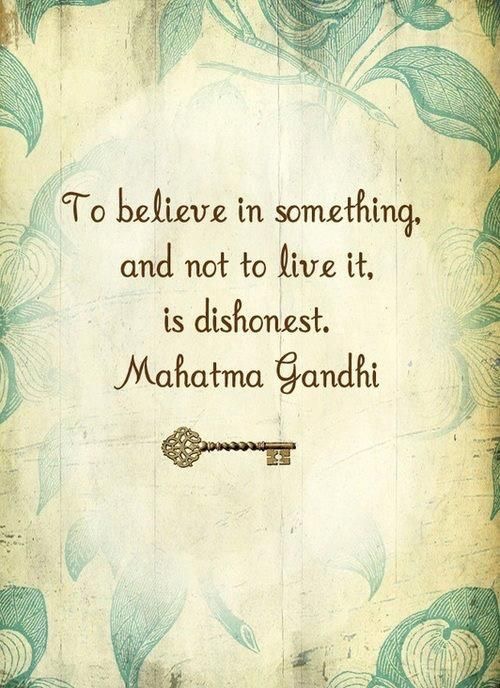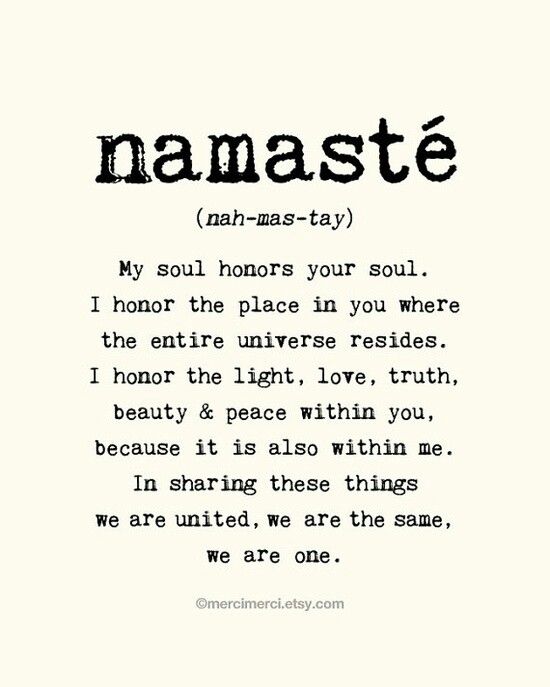Asana 3 ways
In the spirit of satya (truthfullness), I sometimes shop for clothing online. This makes me the recipient of a gamut of email campaigns, which I mostly delete. A couple of them have captivated me, not because I am lured into buying what they are selling. It has more to do with how they are approaching their merchandise. For example, “this skirt, 3 ways” or “instant wardrobe update”. So, what I am proposing today, is taking the principles of creativity, versatility and gaining a fresh perspective on something we already have, into our asana practice. Hence, “asana 3 ways”.
Variations on a theme
In the fashion sense of using something different ways, there is usually a product – we are going to substitute asana – with how to wear it classically or low key, to work or slightly basic and out for an event, which is usually slightly snazzy. We are going to replace this with a basic variation to learn a skill, one with a little more subtlety, and one which requires a bit more work. I am going to propose we use props for this exercise. You aren’t trying to reinvent the wheel, just explore something from a different angle, self-reflect, observe, and get to know yourself, your breathing patterns, your tension packages and all that other good stuff.
What yoga props you need for this asana experiment
I used the wall, a long mat, a travel mat folded folded in 4 then accordion fold, and a yoga strap.
Let’s look at Tadasana, which teaches the art of standing and taking your place in the world. Planting the feet firmly can create emotional and physical stability. This being said, often the feet turn in or out which shifts the hips-shoulders-neck. Let’s try a supine variation of this asana 3 ways to help correct faulty posture. The main things we will explore are:
- Getting the feet parallel, lifting and spreading the toes with attention in the heels so that the pelvis can align
- Lifting the inner ankles to bring the legs to life
- Opening the chest
Variation 1- Getting the feet parallel. Lie down and use the folded mat under the heels, so that you can access the heels. This actually allows the top thighs to go back and the tailbone to draw in so that the pelvis aligns
Variation 2- Lifting the inner ankles. Placing the belt across the feet to lift the inner ankles into the outer ankles will actually also help to roll the groins back, lengthening and activating the legs
Variation 3 – Opening the chest by placing the folded mat under the breastbone/thick ribs to free the emotional center, release shoulder blades down and away from neck and be able to lengthen the crown of the head
Supine variations of asana allow us to access a calmer mind, without fighting gravity.
They do not necessarily make things ‘easy’. Try holding each variation for 30 seconds, then increase that time. Then try taking the skills with you as you practice standing up.
Enjoy.
